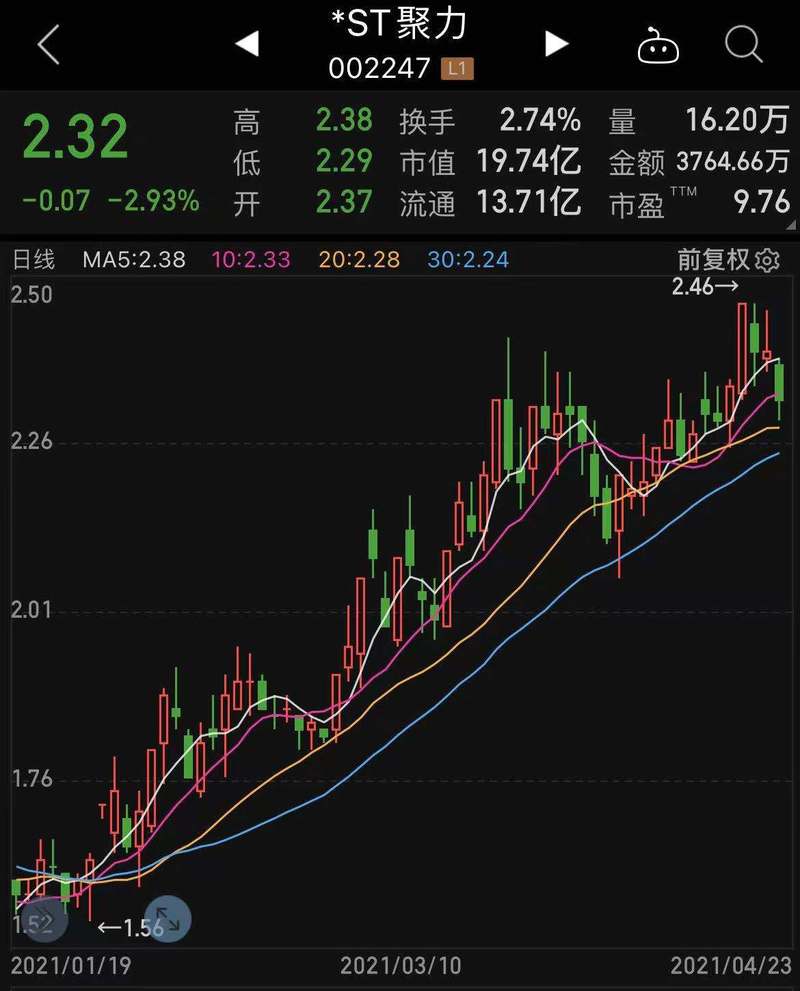tcl科技股票值得长期持有吗
Title: Analyzing TLC Technology Stocks: A Comprehensive Guide
Investing in technology stocks, such as those of TLC (Technology, Life Sciences, and Consumer Electronics) companies, can be both lucrative and challenging. TLC encompasses a broad spectrum of industries, from biotechnology to semiconductor manufacturing to consumer electronics. Analyzing TLC technology stocks requires a nuanced understanding of market trends, industry dynamics, and individual company fundamentals. In this guide, we'll delve into key factors to consider when evaluating TLC technology stocks and provide guidance for making informed investment decisions.
Understanding TLC Technology Sectors:
1.
Biotechnology and Pharmaceuticals:
Biotechnology companies focus on developing innovative treatments and therapies for various diseases and medical conditions.
Factors to consider: Clinical trial results, regulatory approvals, pipeline strength, competition landscape, and market potential for developed drugs.
2.
Semiconductors and Electronics:
Semiconductor companies manufacture integrated circuits, microchips, and other electronic components used in various devices.
Factors to consider: Demand trends for smartphones, computers, automotive electronics, and emerging technologies like IoT and AI, supply chain dynamics, technological advancements, and competitive positioning.
3.
Consumer Electronics:
Consumer electronics companies produce devices like smartphones, tablets, laptops, and smart home appliances.
Factors to consider: Consumer preferences, product innovation, brand strength, supply chain efficiency, and global market trends.
Key Metrics and Financial Indicators:

1.
Revenue Growth:
Look for consistent revenue growth, especially in highmargin segments like software and services.2.
Profitability:
Analyze profitability metrics such as gross margin, operating margin, and net income margin to assess the company's ability to generate profits.3.
Cash Flow:
Positive and growing free cash flow is essential for funding operations, investing in growth opportunities, and returning capital to shareholders.4.
Balance Sheet Strength:
Evaluate the company's debt levels, liquidity position, and financial flexibility to weather economic downturns and fund future growth initiatives.5.
Valuation:
Consider valuation metrics like pricetoearnings ratio (P/E), pricetosales ratio (P/S), and enterprise valuetoEBITDA (EV/EBITDA) relative to peers and historical averages.Market Trends and Industry Dynamics:
1.
Technological Innovation:
Identify companies at the forefront of technological innovation, as they are likely to capture market share and sustain longterm growth.2.
Regulatory Environment:
Stay informed about regulatory changes and government policies that may impact TLC sectors, such as healthcare regulations, trade policies, and data privacy laws.3.
Global Economic Outlook:
Monitor macroeconomic indicators like GDP growth, interest rates, inflation, and consumer sentiment to gauge overall market conditions and industry demand.Risk Factors and Challenges:
1.
Regulatory Risks:
Biotechnology and pharmaceutical companies face regulatory hurdles in drug development and approval processes, which can lead to delays and increased costs.2.
Competition:
Intense competition within TLC sectors can erode profit margins and limit market share growth, especially in commoditized markets.3.
Technological Disruption:
Rapid technological advancements and disruptive innovations can render existing products and technologies obsolete, posing challenges for incumbent companies.Diversification and Portfolio Management:
1.
Diversification:
Spread your investments across different TLC sectors and companies to reduce concentration risk and enhance portfolio resilience.2.
Risk Management:
Set clear investment goals, establish risk tolerance levels, and periodically rebalance your portfolio to align with changing market conditions and investment objectives.3.
LongTerm Perspective:
Focus on longterm fundamentals and avoid reacting to shortterm market fluctuations or speculative trends.Conclusion:
Investing in TLC technology stocks offers opportunities for capital appreciation and portfolio diversification but requires careful analysis and risk management. By understanding industry dynamics, evaluating financial metrics, and staying informed about market trends, investors can make informed decisions and navigate the complexities of the technology sector successfully. Remember to conduct thorough research, consult with financial advisors if needed, and maintain a longterm perspective to achieve your investment goals.
This comprehensive guide aims to equip investors with the knowledge and insights necessary to navigate the dynamic landscape of TLC technology stocks effectively.










评论